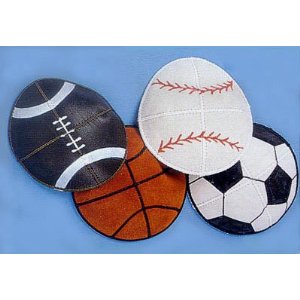

The difference between Division I, II and III kids isn’t necessarily the skill, but size and athleticism. “Aaron is industrious in every rep,” Icart said. Under Icart’s tutelage, Liberman pushed harder. The summer after his junior season, Aaron Liberman joined an Amateur Athletic Union team coached by Robert Icart, who has worked with N.B.A. “It wasn’t very long ago that I couldn’t make a layup, probably freshman year in high school,” he said. Liberman, who has had shin splints and has not appeared in a game, has decided to redshirt this season but continues to practice and travel with the team.Īs noted by Paul Lukas of the Web site Uni Watch, Liberman will probably be the first Division I player to wear zizit, the knotted tassels at the four corners of a prayer shawl, under a uniform. “But I see how that might be difficult.”Īfter the morning service, Liberman drove his black pickup truck 15 minutes to Northwestern’s campus in suburban Evanston, Ill., where he went straight to the training room. “If I had to choose, I wouldn’t be known as the Jewish basketball player,” Liberman said. Liberman, though, says he recognizes his situation is a bit unusual. Shafir, who wears a short-sleeve shirt under her jersey to keep with customs of modesty, scored 40 points in the National Invitation Tournament championship game in 2011. Naama Shafir, a fifth-year senior at Toledo, is the first Orthodox Jewish woman to play Division I basketball.

He received a scholarship to Maryland, but chose to play at Towson because the university tailored its schedule to his decision not to play on the Sabbath. Tamir Goodman is widely recognized as the first Orthodox Jew to play Division I basketball. Now, he is believed to be the third practicing Orthodox Jew to be part of a Division I team. He did not play basketball seriously until he was a sophomore in high school. Liberman, a freshman at Northwestern, is 6 feet 10 inches of lean muscle, topped on and off the court by a skullcap. Division I basketball - that are making an unlikely connection through Liberman. So met two worlds - Orthodox Judaism and N.C.A.A. Then he prayed.ĭuring the service, a man walked over, politely interrupting Liberman’s meditation, asked how he was, and then, rather proudly, said: “We’re going to get tickets for one of your games. He unfurled his tefillin, small boxes holding prayers printed on parchment, and bound them to his left arm and his forehead with black leather straps. Liberman removed his jacket and unpacked his worn prayer book. Inside, he was met by the hum of worship and a smattering of older men - some in black hats, some wrapped in prayer shawls - seated at long tables, surrounded by shelves packed with books, Hebrew letters on their spines. CHICAGO - On a dark and cold morning last month, 19-year-old Aaron Liberman woke at his apartment and walked a block and a half to a two-story, redbrick synagogue in West Rogers Park, a predominantly Orthodox Jewish neighborhood in northwest Chicago.


 0 kommentar(er)
0 kommentar(er)
